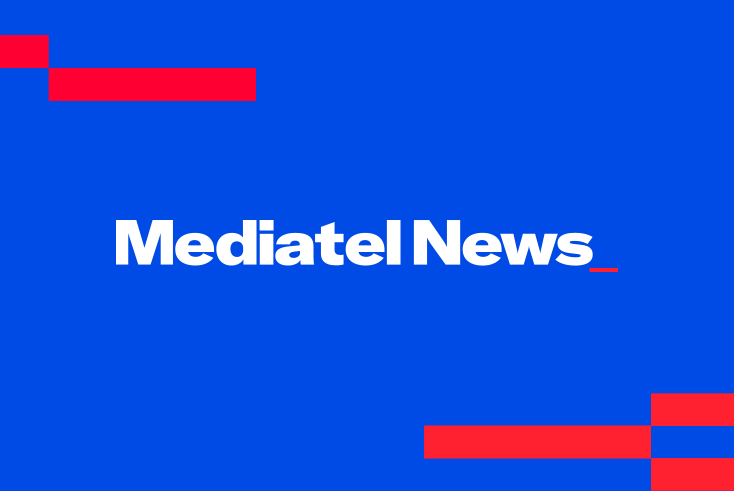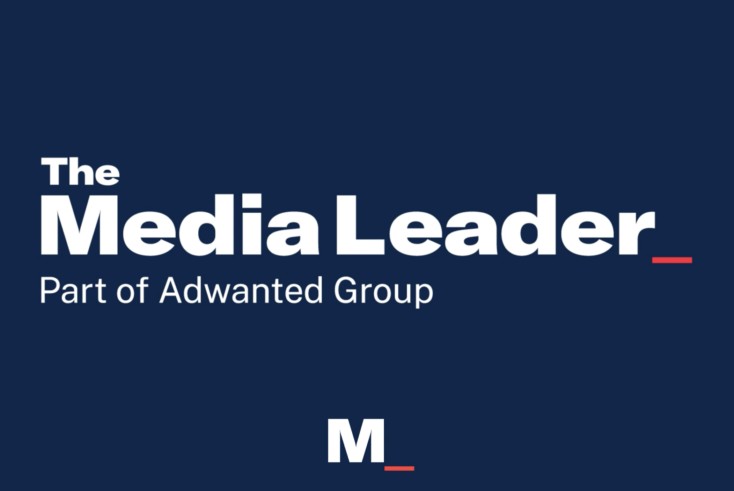Hamish Nicklin
In worst case scenarios, for every pound an advertiser spends programmatically on the Guardian only 30 pence actually goes to the publisher.
The revelation, announced by the Guardian’s new chief revenue officer, Hamish Nicklin, at the Automated Trading Debate on Tuesday (4 Oct), means a host of adtech businesses operating within the supply chain are extracting up to 70% of advertisers’ money without being able to quantify the value they provide to the brand.
“There’s leakage. The money that goes in is not the same as the money that goes out,” Nicklin said.
“There are so many different players taking a little cut here, a little cut there – and sometimes a very big cut. A lot of the money that [advertisers] think they are giving to premium publishers is not actually getting to us.”
Nicklin said the Guardian had purchased its own ad inventory to try and assess where the money was spent across the entire supply chain and saw, in some instances, that only 30 pence was making it back to the publisher.
“That’s not in every single case, but in worst case scenarios,” he said. “But the fact is it happens.”
Asked where the money goes, Nicklin said he had a “reasonably good idea” which businesses extracted it, but declined to identify any at this stage.
The problem said Martin Brown, managing partner at consultancy Stack I/O, was there are now thousands of technology companies operating in the programmatic space, creating a complex market with little accountability.
“All of them do a certain variation of one small part of the programmatic supply chain and it’s incredibly difficult to navigate your way through it,” he said.
“That makes life very difficult for marketers and we’re getting to this stage now where less and less dollars are actually going on working media, and that’s a major challenge because the idea is to simplify efficiency and effectiveness and we’re actually going the other way.”

Steve Hobbs, Catherine Becker, Martin Brown, Hamish Nicklin and Dominic Mills (chair)
The news comes as publishers face a host of threats born from the transition to online. July’s results from Guardian Media Group revealed its digital advertising was down despite growth in online readers, while almost all publishers are grappling with a growing threat from Facebook which is hoovering up online adspend by curating news content without carrying the burden of funding it.
However, the idea that adspend is not being delivered on the working media will almost certainly raise eyebrows at the opposite end of the market as those spending the money wonder where it’s actually going.
Steve Hobbs, global head of media at mobile agency Fetch, said that the programmatic market needs to now move away from being a ‘supply chain’ and turn instead into a ‘value chain’ where every player can be seen to be adding something rather than simply subtracting money.
“I see a lot of people from the US – entrepreneurial businesses that have [venture capitalist] funding – and all they’re interested in is the short-term return they’re going to deliver to their VCs over the next week, month, year or two,” he said.
“They’re not interested in what we’re interested in which is building long-term, enduring relationships with suppliers on behalf of our clients. That’s something that we all need to collectively address.”
Nicklin also argued that the idea of context in online advertising is being lost as programmatic seeks to deliver ‘audiences’ for brands, irrespective of environment.
“The idea that the only thing that matters is the audience is nonsense,” he said. “Quality of creative and quality of environment matter massively to advertisers.
“The problem we’re seeing is that technology doesn’t value everything in the same way…building your brand and deep relationships with consumers, these things matter; but if we look at how we buy media in order to achieve that goal, purely through the lens of an audience-based, direct response mechanic, we don’t achieve any value. We totally lose context.”





